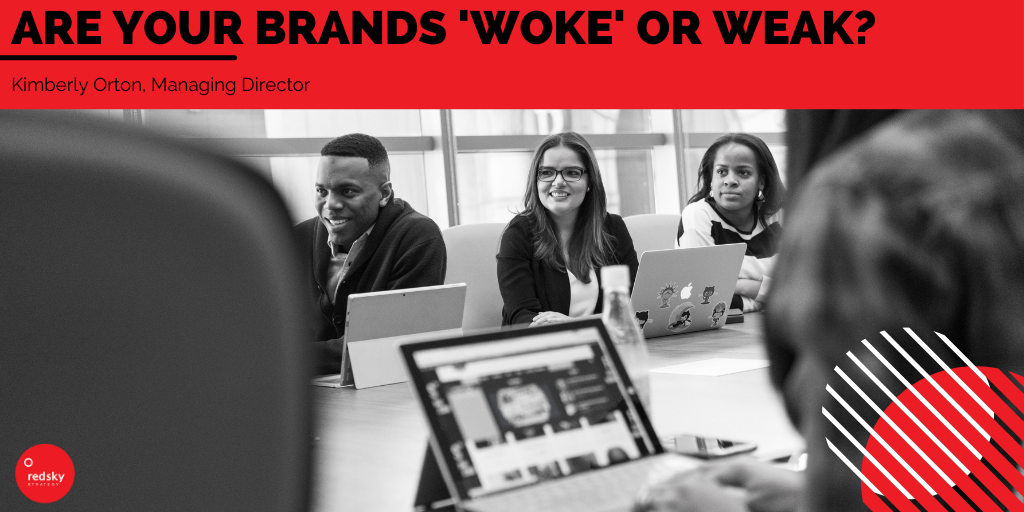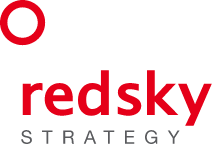News
DE&I in Marketing: Are Your Brands ‘Woke’ or Weak?

As a marketer or consumer, have you ever looked at brands to understand their point of view with a lens of diversity, equity, and inclusion (DE&I)?
Over the past few years, it’s become increasingly important for brands to prioritize DE&I initiatives. Research shows that the majority of employees want to work in a diverse workplace, and most consumers prefer buying from brands that align with their values.
The Role of Diversity in Brands
There’s evidence to suggest that both gender, racial, and cultural diversity in corporate leadership can improve business. The most diverse companies are more likely now than ever before to outperform less diverse companies.
In 2020, we began seeing a wave of brands making cultural changes: Aunt Jemima to the Pearl Milling Company, Uncle Ben’s Rice to Ben’s Original. Even football teams have gotten into the mix: the long-challenged name of the (former) Washington Redskins is now the Washington Football Team.
Findings from a recent CMO Survey help shed light on the current status of managing DE&I among companies today. Nearly 70% of companies consider DE&I to be a priority. But just how effective have their efforts been – and what still needs to be done?
The Disconnect Between Internal and External DE&I Initiatives
According to research, there seems to be a disconnect between internal and external DE&I initiatives. While recognizing the need and importance of diversity, companies still have a ways to go in terms of adequately understanding, addressing, and implementing DE&I efforts.
Consider the following findings:
- While marketers invested in and improved DE&I communications (64.9%) in 2021, internal initiatives, such as training (57.2%), weren’t as prevalent
- When asked the degree to which companies developed an inclusive approach to marketing decision making, only 5.6% of companies reported “very highly”
- Nearly 25% of marketing leaders say their companies aren’t changing their marketing strategies at all
- According to the Forbes’ Black and Brown in Corporate America survey, more than half of participants said their employers aren’t transparent about DE&I goals and progress, with more than a third reporting that they don’t believe they’re meeting their goals.
The problem is that, like greenwashing, diversity washing is performative. It’s not enough to enact meaningful, substantial change. Brands calling out gender or racial injustices without taking any specific or significant actions – otherwise known as “woke-washing” – can paint them as disingenuous or spark outrage among consumers and employees. Virtue-signaling and superficial solutions are not sufficient when brands are called to address serious concerns of diversity and equity.
Creating Diversity and Change from Within
Changes to the brand names, history, or communications are just the first step in creating DE&I in brands. By leveraging HumanSight™, brands can approach diversity and inclusion with thoughtful insights and authenticity.
This includes:
- Investing in training and recruiting
- Strategizing to improve internal practices
- Being realistic, authentic, and transparent
- Intentionally diversifying voices in the boardroom
Some major brands are already demonstrating efforts to do this. For example, Walmart recently established a DE&I Review Board consisting of 100 marketing associates who volunteer to assess the marketing strategy and campaigns before decision-making.
Fenty Beauty also highlights successful segmentation and targeting in terms of DE&I. The cosmetics brand created 50 shades to match the wide variety of official tones and genders to better serve a diverse market. They also incorporate diversity in representation and sizing using body-diverse models in their fashion shows.
Fenty’s DE&I efforts strike a chord with customers. The authenticity attracts people to the brand and differentiates it from other celebrity brands. Their DE&I efforts that are goal-oriented in addressing problems are part of what makes them so successful.
For many companies, part of the problem is not knowing where to start or how to measure success. It’s easy to say, “let’s increase diversity in our employees by 20%” – but how do they actually go about that?
Systemic change requires more than simply increasing diversity in content or acknowledging awareness of a problem. It requires an ongoing, conscious, and authentic effort to create and implement solutions that bridge a widening gap. It calls for individual and organizational accountability and C-Suite buy-in.
Moving forward, it’s important for marketers to do more than just go through the motions. Rather than managing strategy from the outside-in, marketers need to take an internal, inside-out approach to DE&I initiatives so that they are intertwined with the brand’s values, goals, and mission.
Interested in working with RedSky Strategy for DE&I training? Our team looks forward to meeting with you and uncovering how we can use HumanSight™ to illuminate the best pathway to growth for your company.
